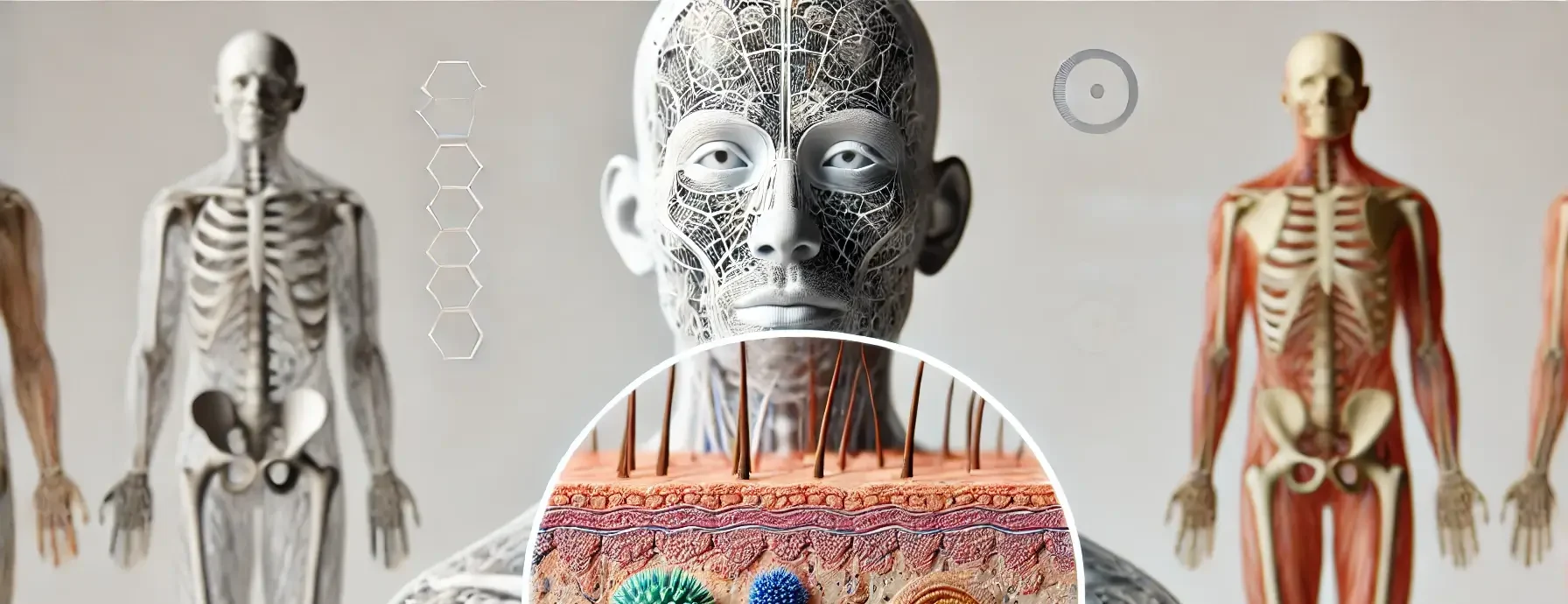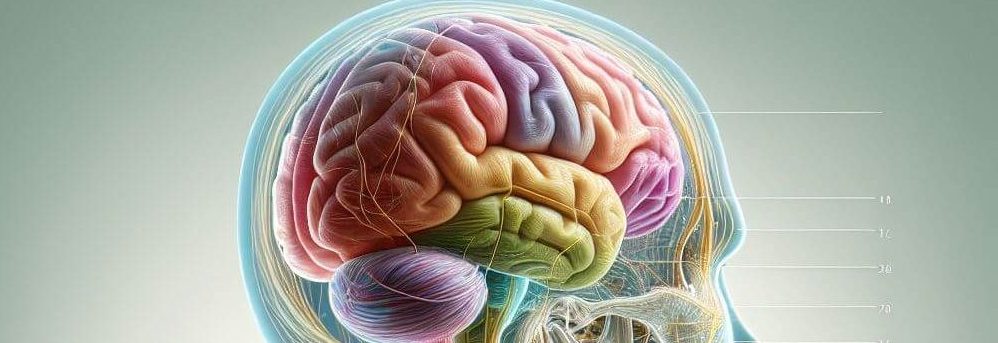Introduction: Integumentary System
The integumentary system includes the skin, hair, nails, and glands, playing a crucial role in protection, sensation, temperature regulation, and more. Key Components of Integumentary System Skin The largest organ, with three layers: Epidermis: Outermost layer, protective barrier, contains melanocytes for skin color and UV protection. Dermis: Middle layer with connective tissue, blood vessels, nerve … Read more



